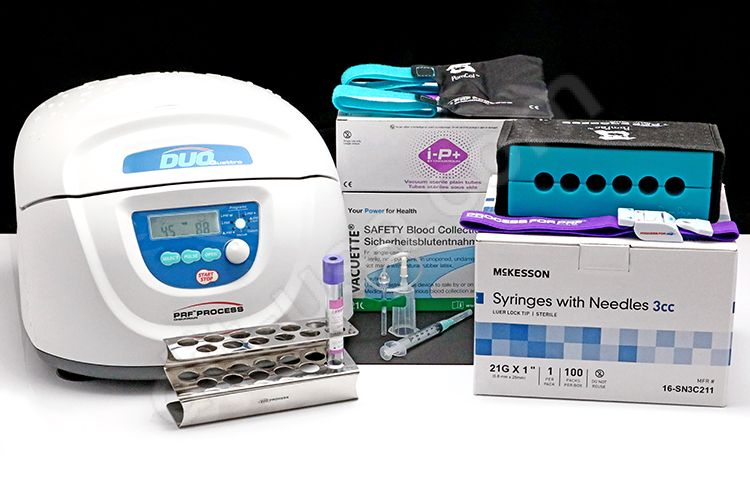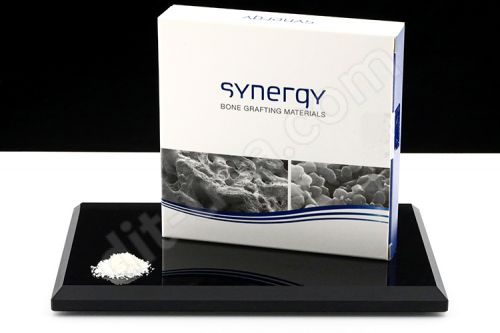Why Are Injectable PRF Used In Dental Implants?
Injectable platelet-rich fibrin or IPRF is a second-generation blood-derived biomaterial with a three-dimensional fibrin framework, similar to a PRF clot. It retains a fluid nature like platelet-rich plasma (PRP).
How Are I-PRF Applicable In Dentistry?
Injectable platelet-rich fibrin is used for regenerative potential. It releases growth factors associated with anti-bacterial properties. The dental treatment is upgraded with the implementation of I-PRF. It shows anti-microbial properties against porphyromonas gingivalis (Pg) and Aggregatibacter actinomycetemcomitans.
Injectable platelet-rich fibrin has several properties which further help in healing and regeneration. It aids in the treatment of periodontal infrabony defects. It acts as a biological cement and holds the particles together. It also aids the manipulation of bone grafts. It enhances the formation of new bones compared to other processes. Due to its effectiveness, it is now accepted in the dental field.
The IPRF helps in curing wounds and protecting them during surgical procedures. It assists soft tissue repair, and when mixed with the bone graft, it acts as a biological connector. Injectable platelet-rich fibrin is a concentrated blood system that is basically used for soft tissue and bone tissue regeneration. Hence, it is recommended for dental implant procedures and surgeries.
The Injectable platelet-rich fibrin is quick and convenient to produce in the physician’s office when the patient is undergoing an outpatient surgical procedure such as dental implants and others. The growth factors of IPRF produce and increase the synthesis of tissues which fastens the tissue regeneration process and heals quickly. To know more about the Injectable platelet-rich fibrin in dentistry, get in touch with dental implant technologies.


Comments
Post a Comment